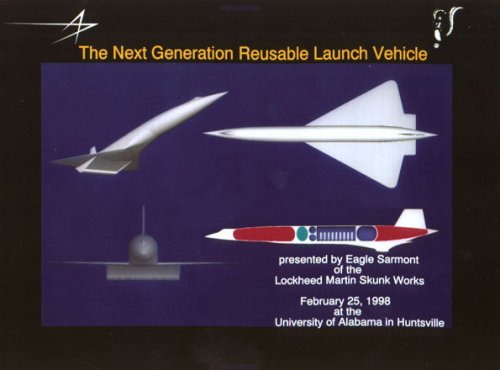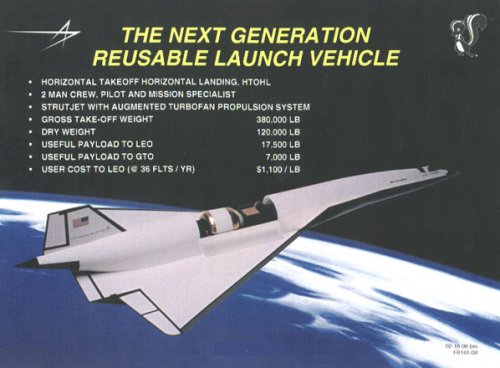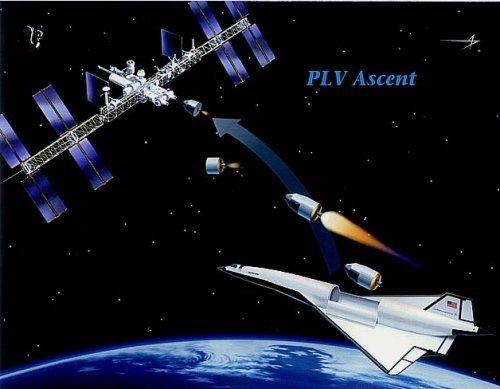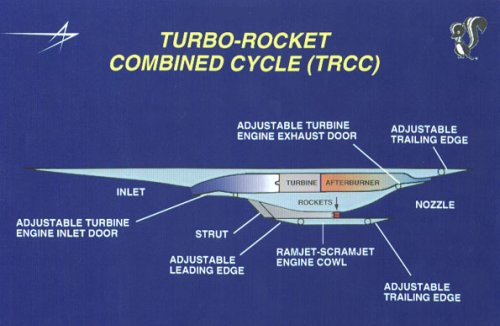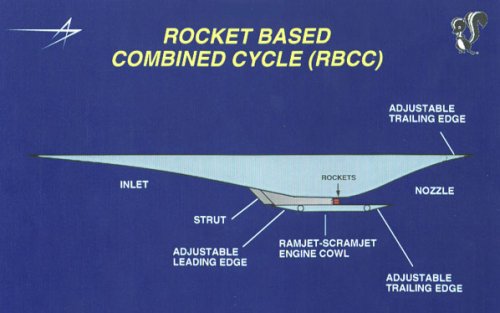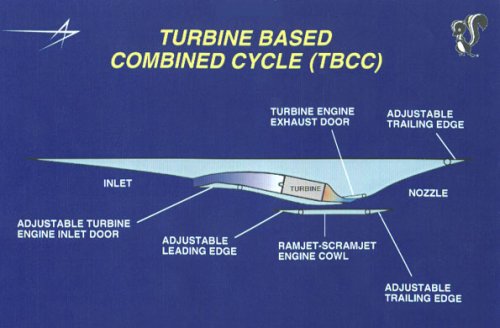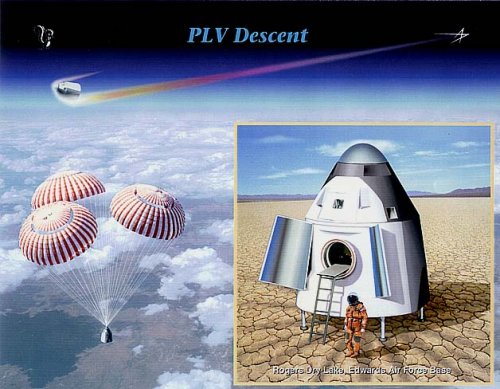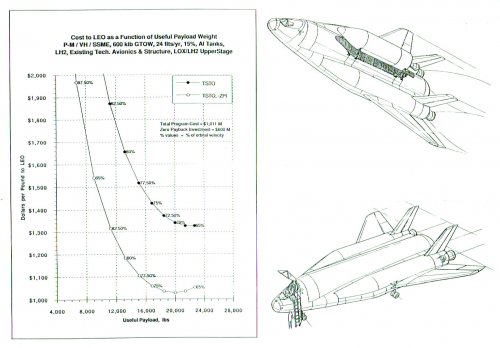- Joined
- 1 April 2006
- Messages
- 11,397
- Reaction score
- 10,314
http://www.affordablespaceflight.com/nasa1.html
http://www.affordablespaceflight.com/nasa2.html
"The following presentation was given at a NASA sponsored conference at the University of Alabama in Huntsville during the week of February 23 1998. The presentation shown here was cleared for public release and was included in the published proceedings for that conference."
"Five years ago the Skunk Works began a long term project whose purpose is to explore the feasibility of designing, building and operating a market driven, commercially funded, commercial launch service that is affordable to build, profitable to operate, low enough in user cost that it allows the market to grow, and can grow with the market.
The only technology constraint placed on the program is that it utilize existing or near term technology. There are no requirements regarding propulsion systems, propellant types, operating modes, or number of stages placed on this study. It is our thought that the requirements of minimizing the size of the initial investment, operating at a profit with the lowest possible user cost, and having built-in evolutionary growth potential would be more than adequate as selection criteria.
In Phase 1 of this study we investigated rocket-powered launch vehicles. Included in this were Vertical Take-Off Horizontal Landing (VTOHL), Vertical Take-Off Vertical Landing (VTOVL), and Horizontal Take-Off Horizontal Landing (HTOHL). All three were examined for both Single Stage To Orbit (SSTO) and Two Stage To Orbit (TSTO) flight. The results of this work were turned over to what became the X-33 program.
Since then we have been investigating air-breathing launch vehicle. As before, we will be investigating VTOHL, VTOVL, and HTOHL. All three will be examined for SSTO and TSTO flight."
http://www.affordablespaceflight.com/nasa2.html
"The following presentation was given at a NASA sponsored conference at the University of Alabama in Huntsville during the week of February 23 1998. The presentation shown here was cleared for public release and was included in the published proceedings for that conference."
"Five years ago the Skunk Works began a long term project whose purpose is to explore the feasibility of designing, building and operating a market driven, commercially funded, commercial launch service that is affordable to build, profitable to operate, low enough in user cost that it allows the market to grow, and can grow with the market.
The only technology constraint placed on the program is that it utilize existing or near term technology. There are no requirements regarding propulsion systems, propellant types, operating modes, or number of stages placed on this study. It is our thought that the requirements of minimizing the size of the initial investment, operating at a profit with the lowest possible user cost, and having built-in evolutionary growth potential would be more than adequate as selection criteria.
In Phase 1 of this study we investigated rocket-powered launch vehicles. Included in this were Vertical Take-Off Horizontal Landing (VTOHL), Vertical Take-Off Vertical Landing (VTOVL), and Horizontal Take-Off Horizontal Landing (HTOHL). All three were examined for both Single Stage To Orbit (SSTO) and Two Stage To Orbit (TSTO) flight. The results of this work were turned over to what became the X-33 program.
Since then we have been investigating air-breathing launch vehicle. As before, we will be investigating VTOHL, VTOVL, and HTOHL. All three will be examined for SSTO and TSTO flight."

